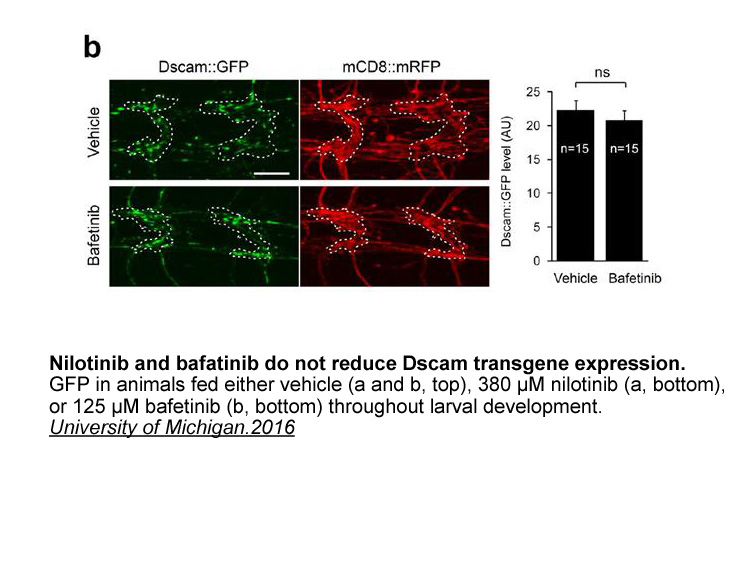Archives
Actinomycin D manufacturer Thus because the feasibility of r
Thus, because the feasibility of routinely doing complete diagnostic autopsies is problematic, and indirect methods such as the verbal autopsy or clinical diagnosis are suboptimal, the development of feasible and more straightforward direct methods to ascertain the cause of death seems to be a priority. In recent years, the concept of minimally invasive autopsy as an alternative to classic complete diagnostic autopsy has been proposed. Minimally invasive autopsy includes the use of imaging techniques, such as MRI or CT scan, coupled with targeted small diagnostic biopsies (by needle puncture) of key organs. Although little experience has been gained with such techniques so far, they have been shown to produce reliable and comparable results to the complete diagnostic autopsy in developed countries. A further advantage of the method is the chance to improve our understanding of the pathogenesis of diseases that need human samples to be studied fully.
Viral hepatitis has not received the level of attention that it warrants. However, the global picture began to change in May, 2010, when the World Health Assembly adopted its first resolution on viral hepatitis.
Recent data clearly show the magnitude of the challenge. Hepatitis A and E together caused more than 34 million cases of illness in 2005. According to Global Burden of Disease estimates, 1·3 million deaths occurred in 2010 from diseases related to Actinomycin D manufacturer and C. To put this finding into context, malaria and HI V caused about 1·2 million and 1·5 million deaths in 2010, respectively. Much of the suffering caused by hepatitis is unnecessary. Safe and effective vaccines for hepatitis A and B are available. Hepatitis C is curable, and hepatitis B treatable. Improvements in sanitation, hygiene, and blood and injection safety can reduce the spread of viral hepatitis and many other diseases.
In 2012 WHO, in collaboration with the World Hepatitis Alliance, did the first worldwide survey to investigate how governments are addressing viral hepatitis. The findings will be released on July 28, 2013—World Hepatitis Day. 126 of WHO\'s 194 member states submitted answers to the survey—a response rate of 64·9%. Slightly more than a third of the countries reported the existence of a national hepatitis strategy or plan. Less than half of respondents reported holding events for World Hepatitis Day 2012, and less than a third had funded any other type of hepatitis public awareness campaign in recent months. The survey also asked questions about surveillance, disease prevention measures, and policies and practices for screening, care, and treatment.
V caused about 1·2 million and 1·5 million deaths in 2010, respectively. Much of the suffering caused by hepatitis is unnecessary. Safe and effective vaccines for hepatitis A and B are available. Hepatitis C is curable, and hepatitis B treatable. Improvements in sanitation, hygiene, and blood and injection safety can reduce the spread of viral hepatitis and many other diseases.
In 2012 WHO, in collaboration with the World Hepatitis Alliance, did the first worldwide survey to investigate how governments are addressing viral hepatitis. The findings will be released on July 28, 2013—World Hepatitis Day. 126 of WHO\'s 194 member states submitted answers to the survey—a response rate of 64·9%. Slightly more than a third of the countries reported the existence of a national hepatitis strategy or plan. Less than half of respondents reported holding events for World Hepatitis Day 2012, and less than a third had funded any other type of hepatitis public awareness campaign in recent months. The survey also asked questions about surveillance, disease prevention measures, and policies and practices for screening, care, and treatment.
Access to reliable, relevant, and implementable health-care information has been identified as one of the key determinants for reaching the Millennium Development Goals (MDGs). In 2006, Pang and coworkers noted that the challenge is to “ensure that everyone in the world can have access to clean, clear knowledge—a basic human right, and a public health need as important as access to clean, clear water, and much more easily achievable.” However, opsins challenge has repeatedly been put on the sidelines. The world has seen several high-profile investments including the Global Fund to Fight AIDS, Tuberculosis and Malaria and The Global Alliance for Vaccines and Immunization, but no big investment has been made in the domain of making health information available for all. The issue of availability of relevant, reliable health information for all domains including education for patients and health-care providers, research accessibility, and application of available knowledge into best practices has not been adequately addressed by the international community. was launched in 2006 with the shared goal that “by 2015, every person worldwide will have access to an informed healthcare provider.” Since its launch, HIFA2015 has grown to more than 6000 members representing 2000 organisations in 167 countries. External evaluation of the HIFA2015 programme concluded that HIFA2015 has achieved “an extraordinary level of activity on minimal resources from which many people around the world benefit.”